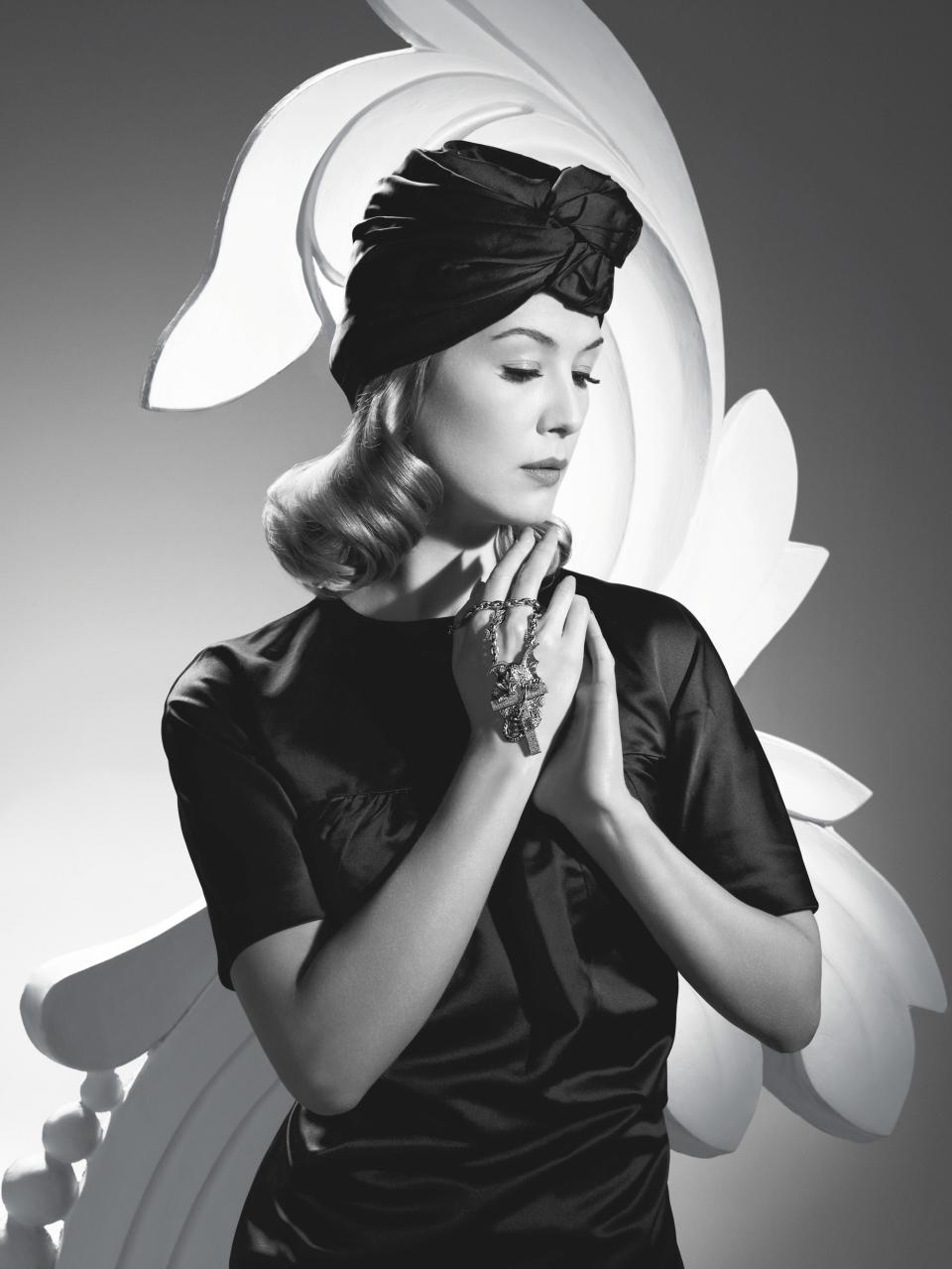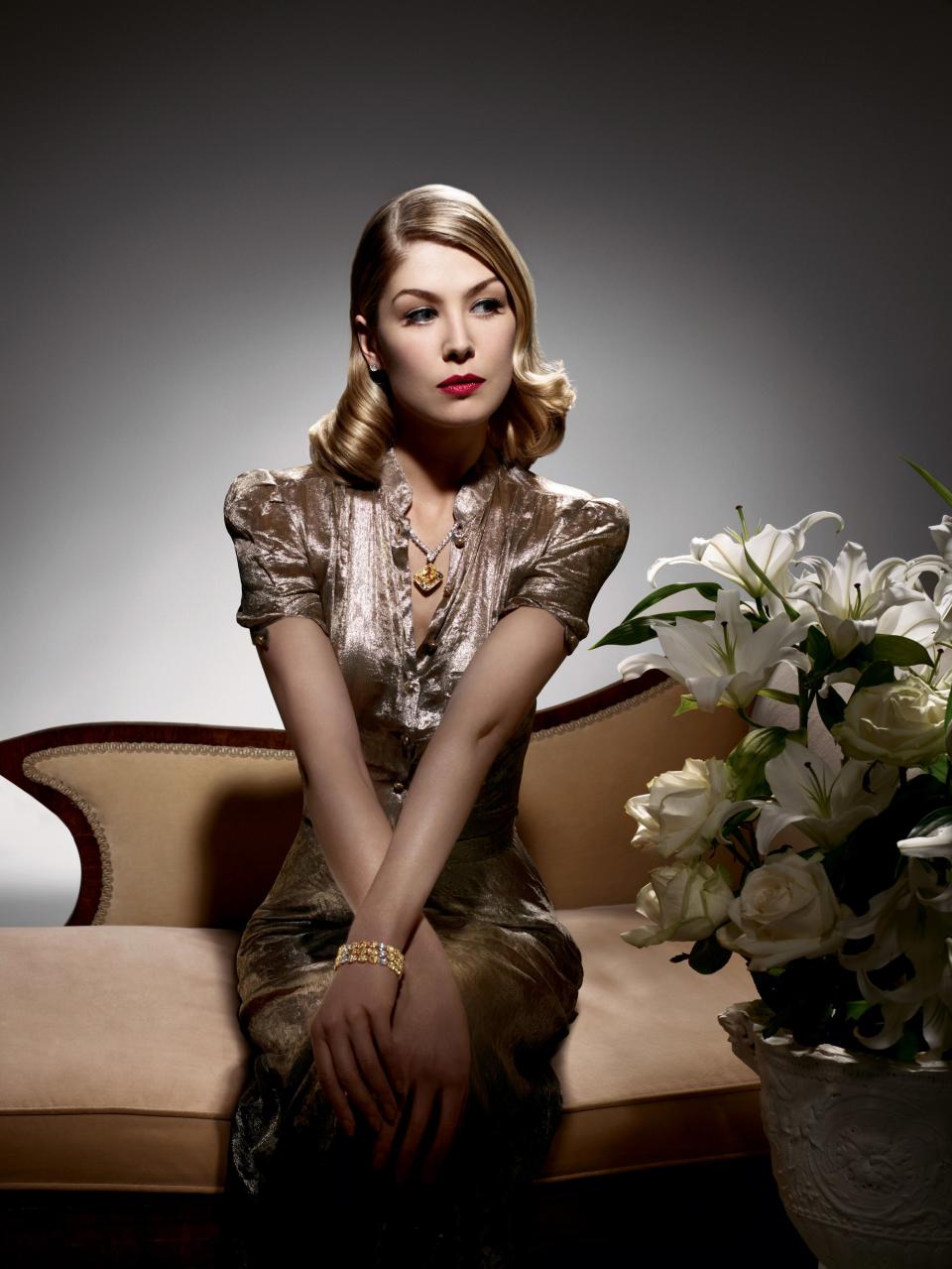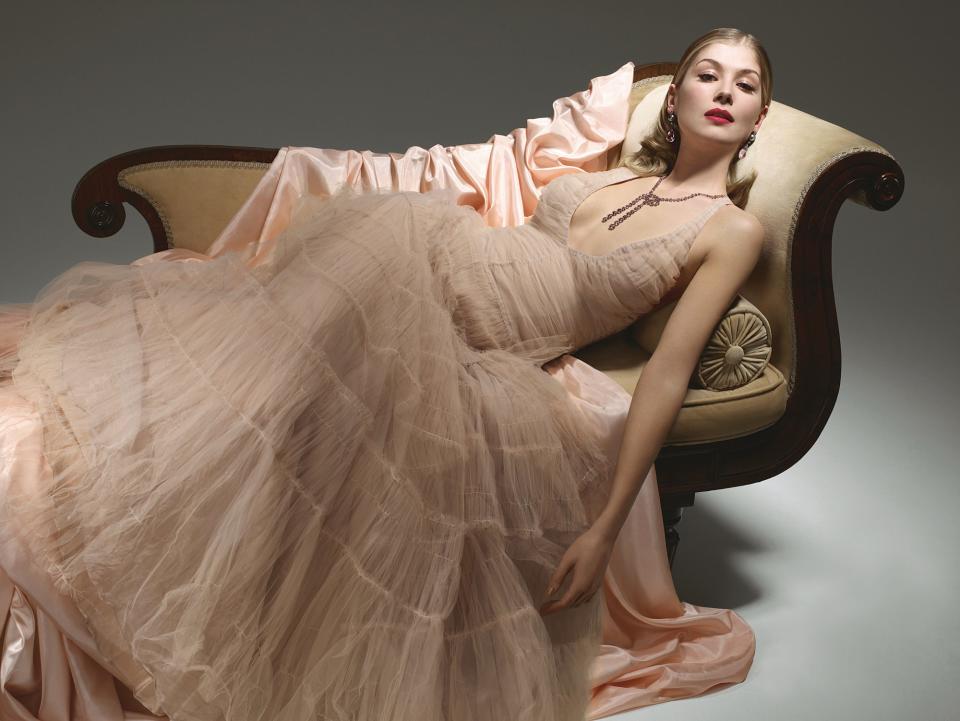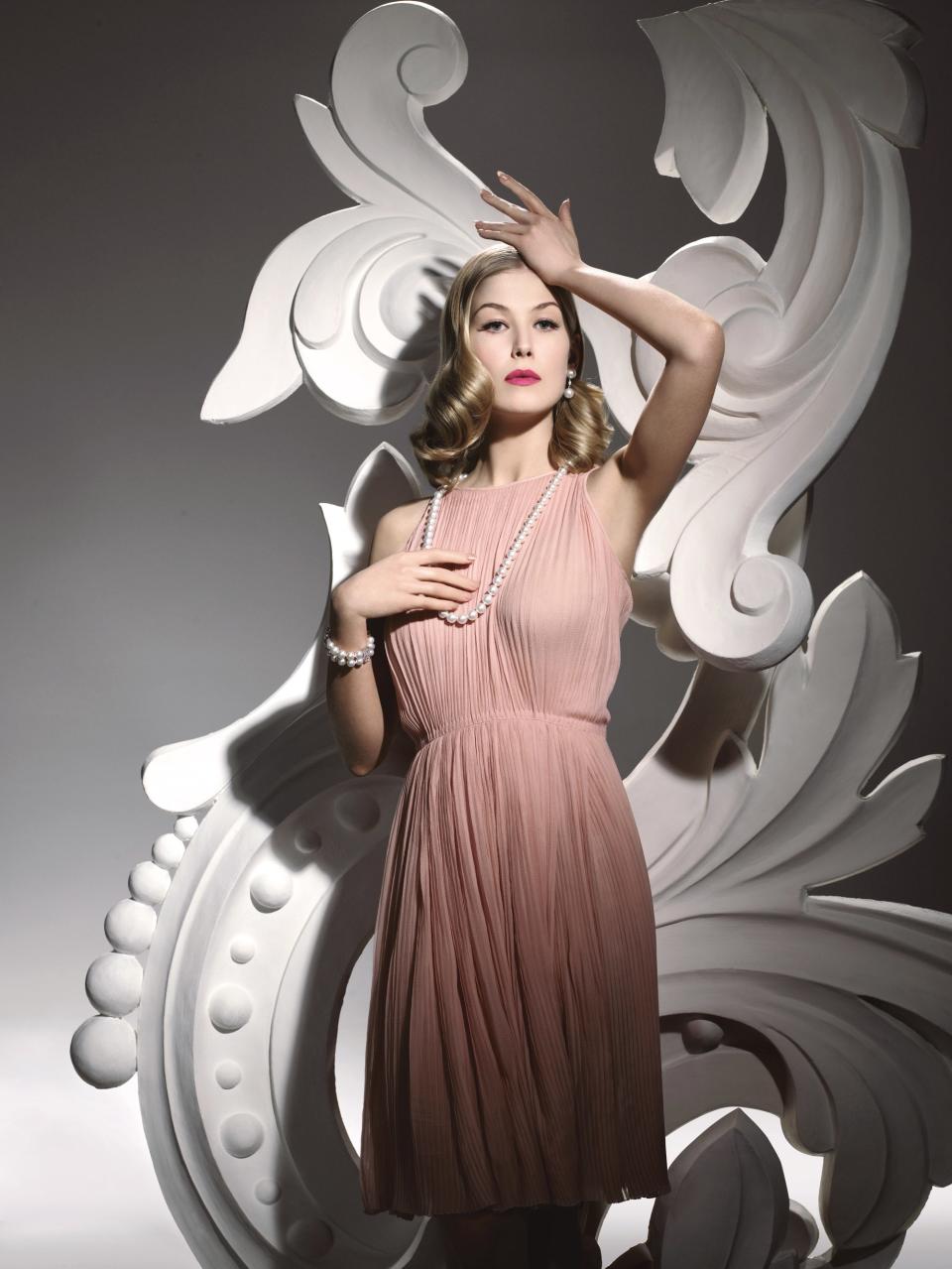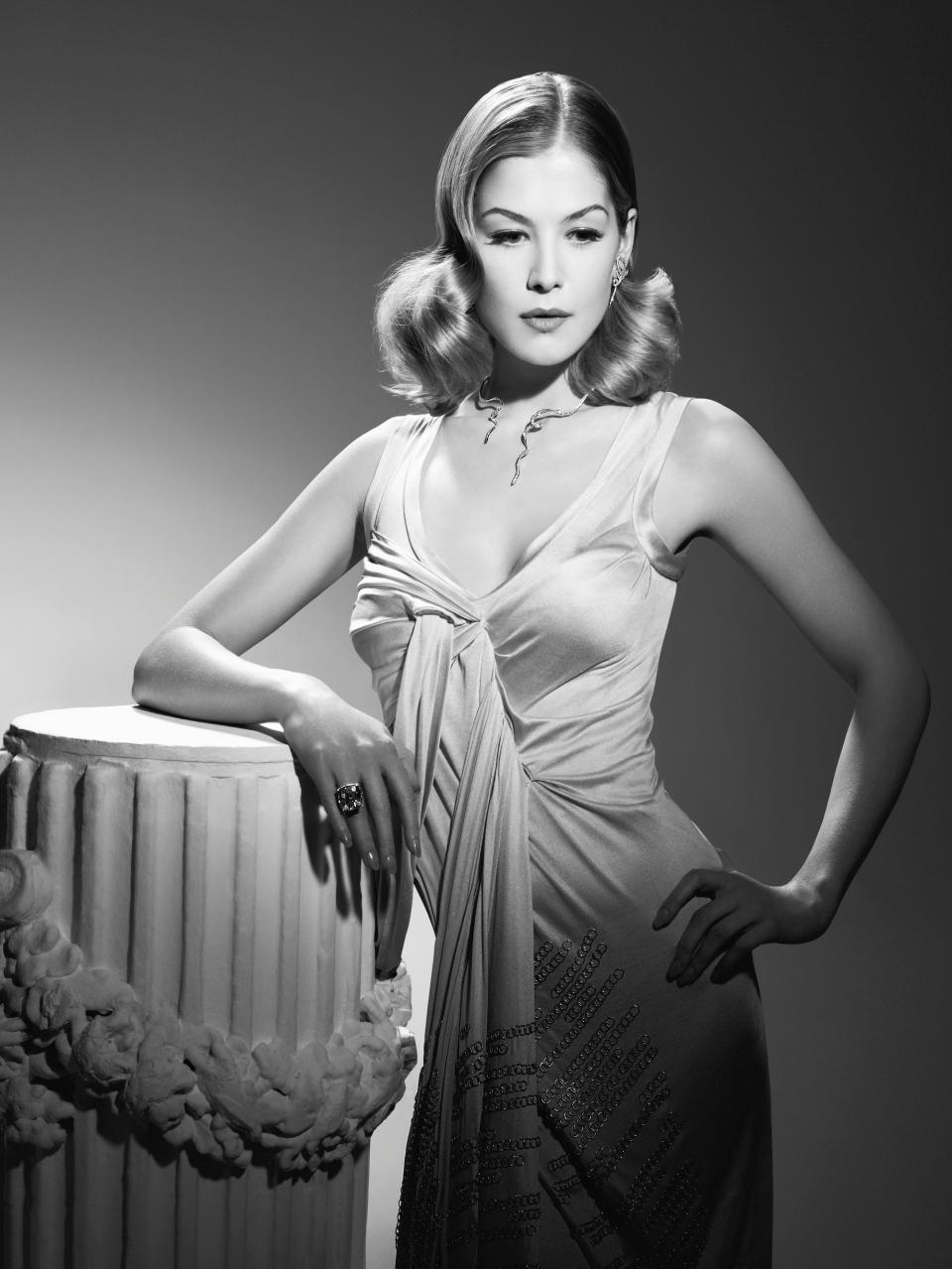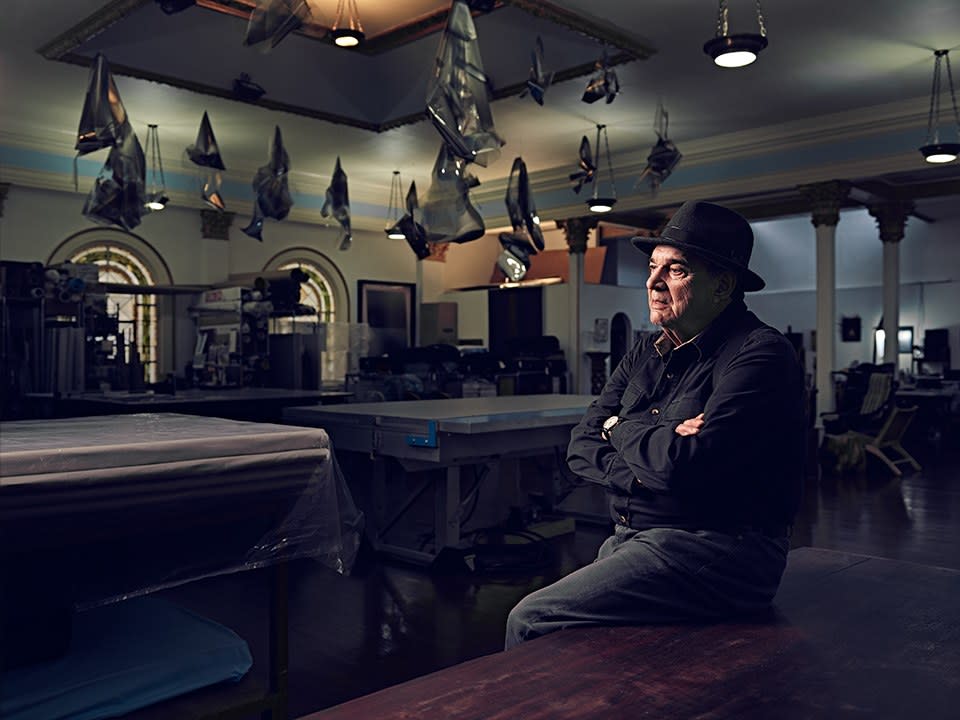Portrait of an Artist: Larry Bell
I first met Larry Bell in 2012 at his Venice Beach studio while working on the book Art Studio America: Contemporary Artist Spaces. Five years on, we’re art buddies par excellence. Larry has been a leading figure in the American Light and Space movement since the 1960s. When asked to qualify this art-historical definition, he shrugs in his inimitable way: “You can’t see anything if there’s no light, and you need space to put it down ... so there’s no need to get all fancy about it!”
Larry began exploring the properties of light on glass for decades, using a big vacuum coater, layering thin metal film strips deposited on glass, sometimes in the form of cube sculptures. The artist eventually transitioned the same technique onto paper and sheets of Mylar, creating his now-famous “vapour drawings”, and his Mylar “light knots”, which hang from ceilings in wavy motion, reflecting undulating light.
“What interests me in the process is the very ironic and improbable reality that is the unexpected,” Larry explains. “Spontaneity and improbability are the kinds of things that turn me on. The three most important tools in an artist’s studio,” he emphasizes, “are improvisation, spontaneity and intuition.”
Larry began his artistic journey in the 1960s, hanging out in Venice Beach among a very close circle of friends, who included Ed Ruscha, Ed Moses, Billy Al Bengston and Robert Irwin (“my teacher” is how he describes Irwin). “None of us thought any one of us would ever make a living through our work, or that any of it would ever materialize into something concrete,” he says. “So, you can imagine how surprised we all were when it actually worked out!”
Family commitments took him to Taos, New Mexico, away from his artistic epicentre, for a couple of decades. But he is the first to point out that “despite Taos being a lovely place, it was a poor town” with neither a collector base nor a scene that could really sustain his kind of studio lifestyle. “So I decided to move back to LA in 2002. I had to go back in order to be noticed again.” Larry nowadays spends his time between his Venice Beach and Taos studios, driving the 16-hour non-stop journey accompanied by Pinky, his bulldog, who “keeps things going”.
Today, Larry is back with major international retrospectives and an institutional presence globally. Pacific Red II, his latest installation, was on view in New York until September as part of the Whitney Biennial.
“How does it feel to be famous one day and forgotten the next?” I ask the artist who’s now basking in the limelight once again. “I’m pushing 80 so I’m thrilled to have the action, that’s all I can say. It gives me the ability to get the stuff out of storage and put it in the hands of people who are interested in owning it. And, I still have time for what matters to me, my guitar and my kids... but being the product of Jewish guilt, I never felt I deserved anything. As long as the search is about the search, and not about the commerce, I am content.”
Larry is the “comeback kid” with a second artistic wind filling his sails. But he’s never lost his sense of self, nor has he been carried away with his good fortune. His sign-off to all is “peace and love”. Because “that’s what I wish for everybody,” he says. “Without these, we don’t have anything in life.”
English Ros
